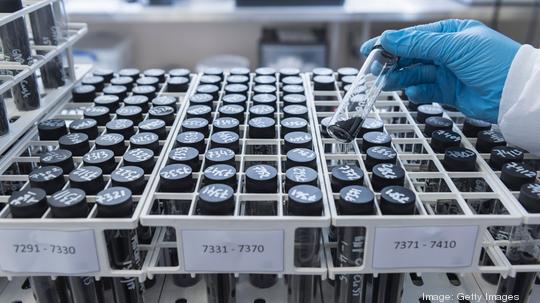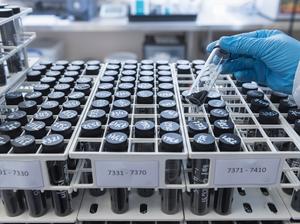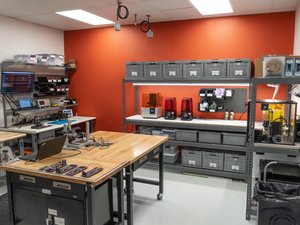
A Memphis startup has made progress toward its plans to scale up its graphene manufacturing technology to mass production.
Brad Larschan is the founder and CEO of Avadain, which was established in 2021 through a partnership with Panasonic. Avadain plans to license out a graphene manufacturing process to advanced material manufacturers.
“We are actively looking for manufacturing partners,” Larschan said. “People who will license it from us and sell it to the end users, who are demanding graphene.”
Avadain appears to be close to a deal with such a manufacturer. While Larschan didn’t want to disclose the name of the company, it does have local ties.
“We hope to be announcing soon our first manufacturing partner,” he said. “Although they are a global company, they do have an office and presence in Memphis.”
Larschan initially told MBJ that Avadain estimated having ten licensees by 2029, but now projects the startup's timeline moving toward licensees sooner.
“We have advanced that, and we think that will happen between 2026 and 2028,” he said. “The plan is to have one this year, three next year, and then ramp up there. We know the demand for our graphene is exploding, and we did not anticipate that companies would want graphene as quickly as they have.”
According to Larschan, the demand for high-quality graphene far exceeds Avadain's ability to supply it. He noted that based on figures from the Graphene Council, the demand for high-quality graphene is expected to be between 30,000 to 90,000 metric tons over the next three to five years.
For Avadain, the startup’s business model isn’t to build manufacturing plants all over the world, but instead license their technology to advanced material companies and chemical manufacturers. Those firms can then make tons of graphene themselves, and Avadain and its partners get paid from the agreement.
“We will get a royalty, which is how Avadain and its investors make money,” Larschan said. “Our plan is to have plants that can produce two metric tons per year and are located near the end users.”
Raising capital
Avadain launched a crowdfunding campaign in April 2022 on the website Netcapital to open a pilot plant that demonstrates the potential of its process to prospective clients.
Avadain raised $1.36 million during its first crowdfunding campaign round last year. The company then raised $605,000 in a Regulation D offering in January. Larshcan said the Harvard Business School Alumni Angels Association comprises Avadain's largest group of investors.
Avadain initiated its second crowdfunding offering in February. Despite strong macroeconomic headwinds, the company has raised $2.5 million thus far. Larschan told MBJ that Avadain anticipates reaching $3.6 million by mid-October in this latest crowdfunding round.
He noted Avadain has had people invest from all over the world, including from Taiwan, Japan, China, Thailand, and the Middle East. Some invest at the minimum of $250.
Larschan suggested that Avadain's crowdfunding success can be attributed to people seeing the major economic impact that graphene potentially could become. He highlighted that notable technology stock picker, George Gilder, published a book this summer that talked about how graphene is expected to create a $11.5 trillion impact on the nation's economy.
“People are investing because they want to actually have the chance to get in on the ground floor of the graphene revolution,” Larschan said. “This graphene revolution is just beginning."








